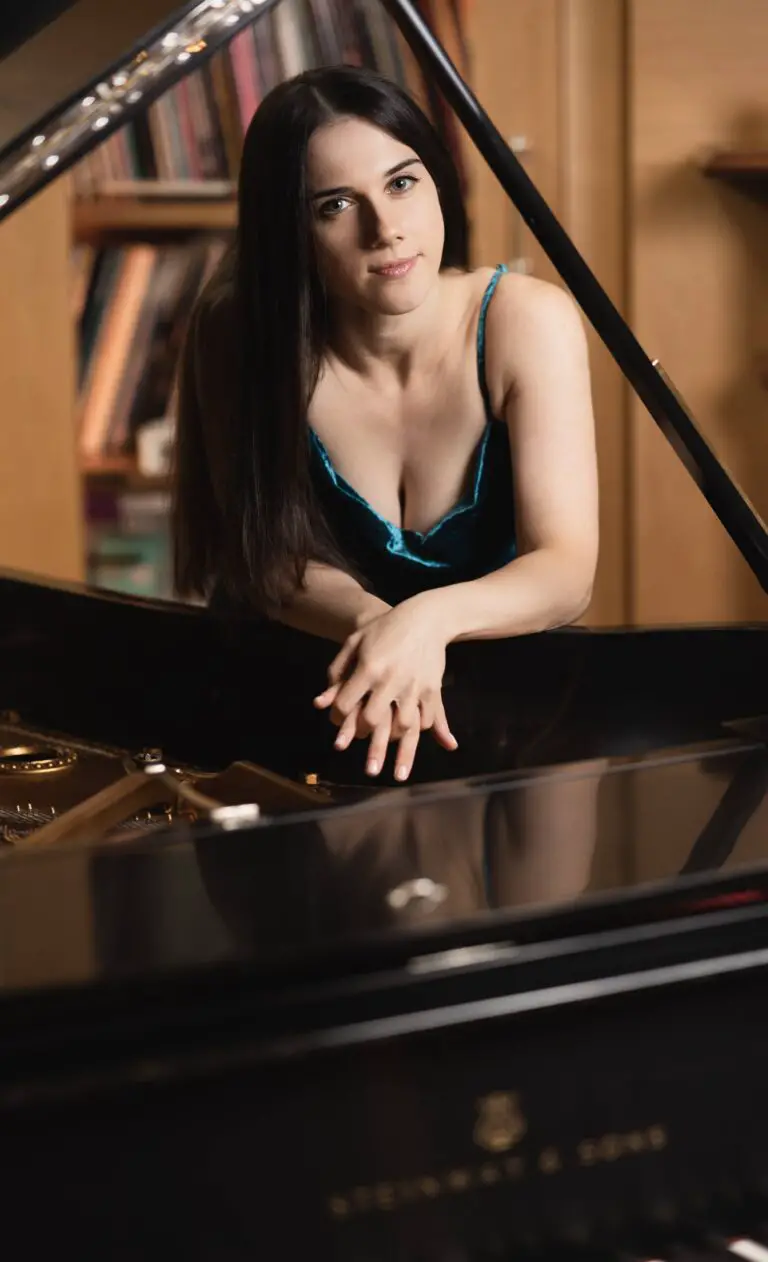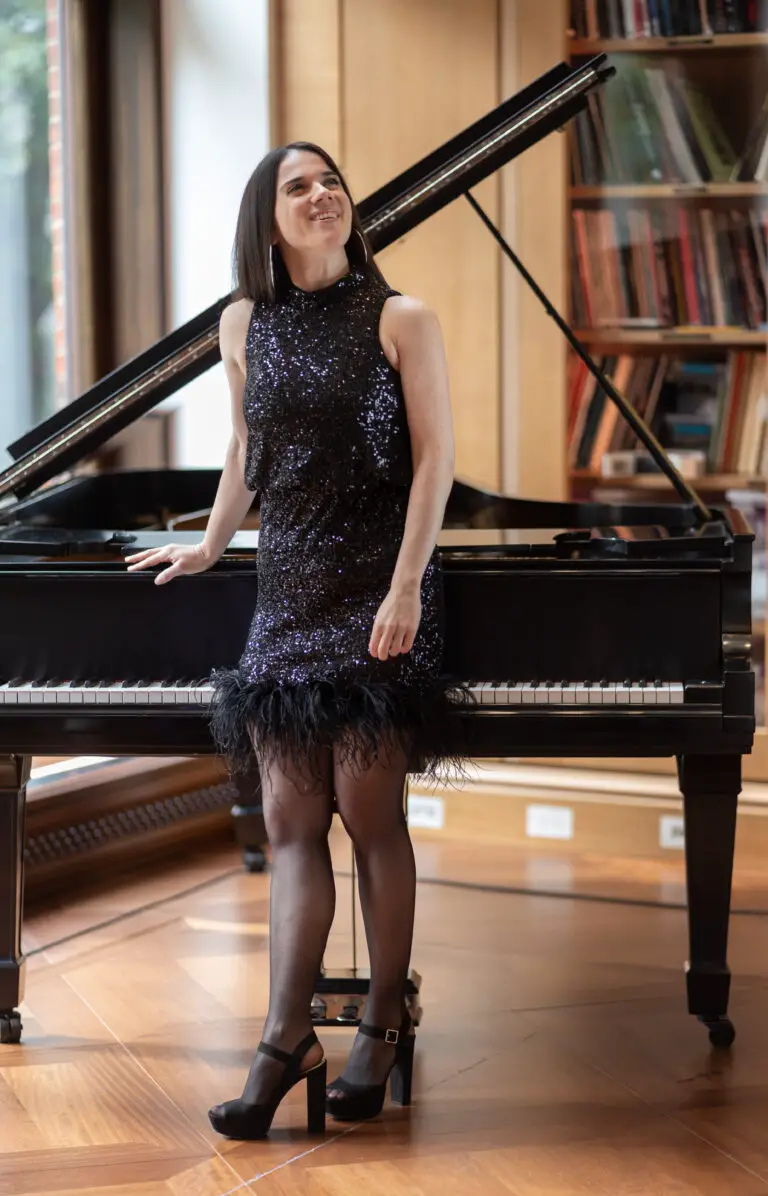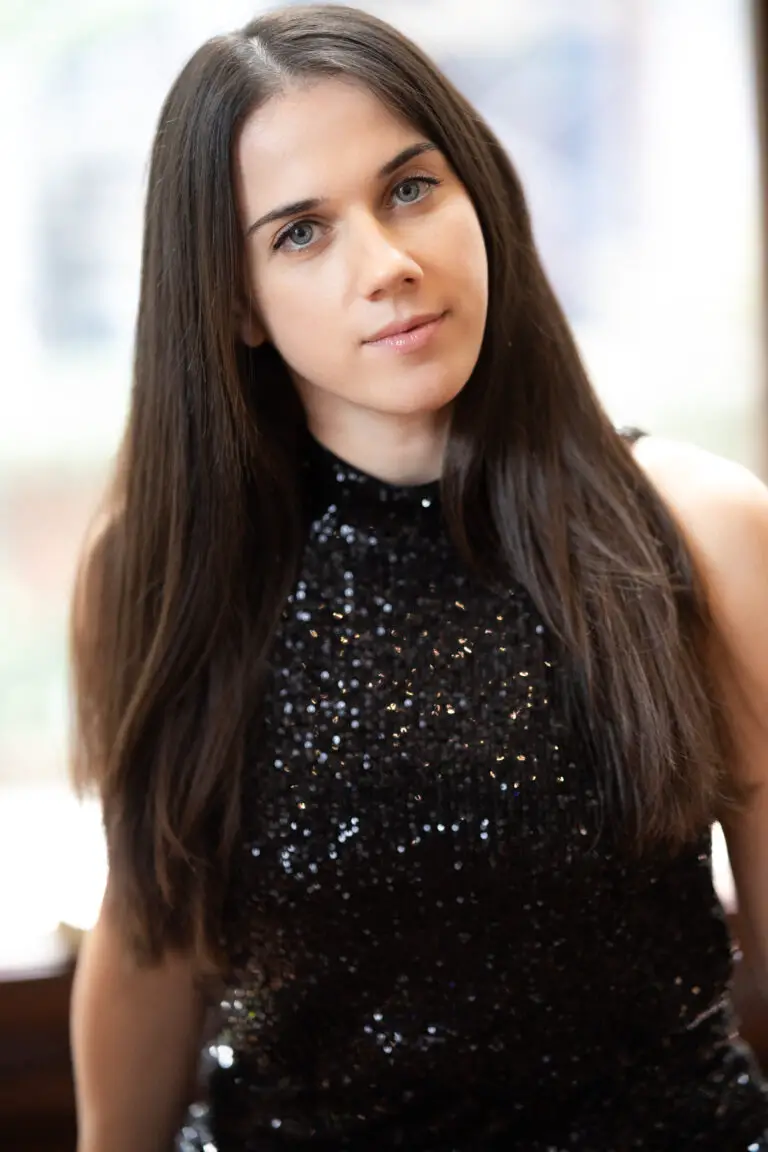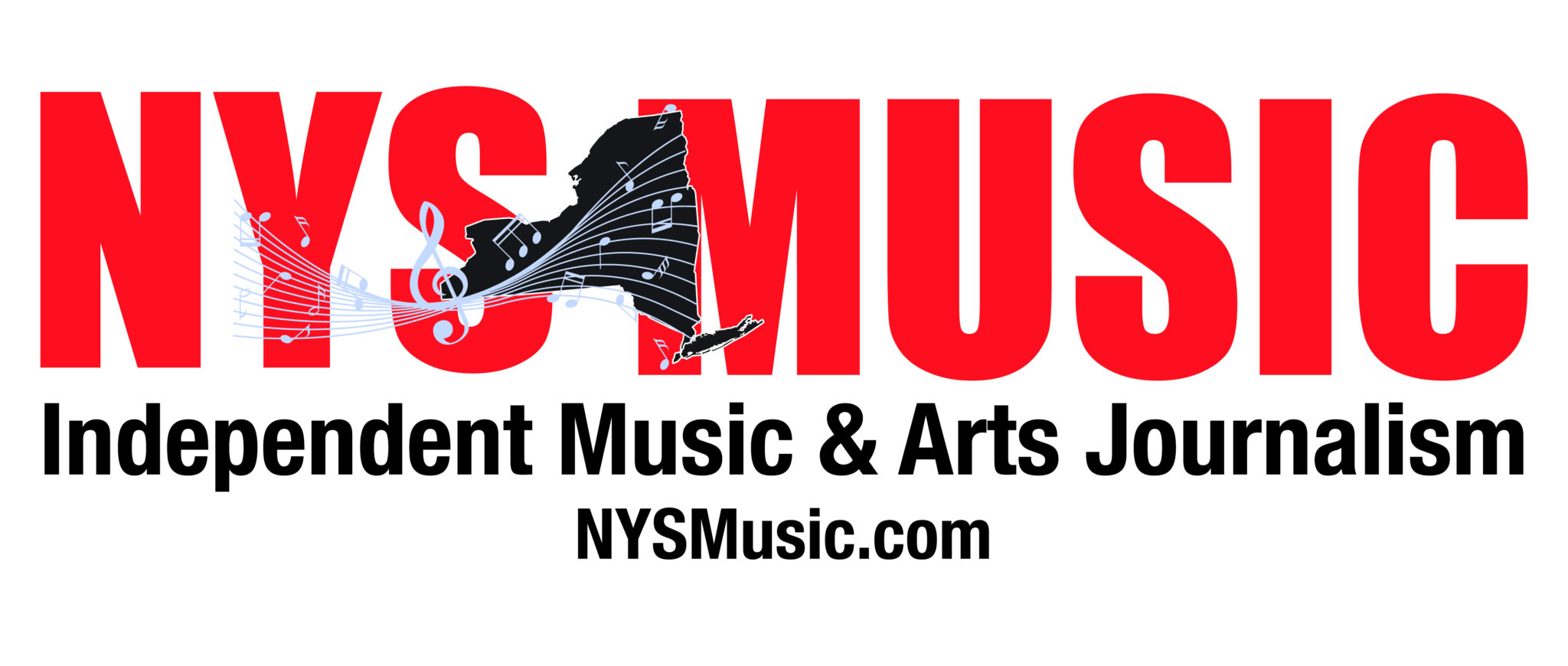For pianist Maria Kaushansky, the piano is not just an instrument; it is a lifelong pursuit of intense passion.
When her fingers first grazed a piano key, Kaushansky was just five years old. She was drawn to the upright piano her father played by ear in their family home in Russia.
“No one in my family was a professional musician, but my dad – who is self-taught and plays by ear – has always played the piano,” Kaushansky said. “As such, I was exposed to music from a very young age and began taking piano lessons when I was five years old.”

From then on, piano became a fixture in Kaushansky’s life; a cornerstone that marked the girl she was and the woman she was becoming. She dedicated herself to the craft and became entirely immersed in the instrument through the piano lessons she began at only five years old.
“Piano lessons were one of the few, and, as I grew older, the only extracurricular activity I was doing outside of school. I loved the structure and discipline involved in practicing piano – the scales, arpeggios, studies, études and pieces,” Kaushansky said.
It is that early musical exposure which sparked what would become Kaushansky’s lifelong pursuit and fiery passion for the piano, sweeping her from childhood lessons in Russia to classical conservatories in Canada to bustling jazz clubs in New York City.
Though her path was imbued in the discipline and structure of piano playing, it was far from linear.

As a child, Kaushansky and her family immigrated to Toronto, Canada, leaving the upright piano she had first learned finger placement and practiced scales over 3,000 miles away. In Canada Kaushansky truly grew up, not just as a person but as a performer.
Enrolling in the Royal Conservatory of Music was Kaushansky’s next step in her musical pursuit. She received formal training and her studies as a piano student primarily focused on classical music, delving into music theory and harmony. She was encouraged to take the Royal Conservatory of Music (RCM) examinations, which determine a national standard for assessing musical achievement and progress. Kaushansky was not intimidated by the rigorous discipline and preparation RCM exams required, rather, she was invigorated. She set her sights on a new horizon; achieving the A.R.C.T. Diploma in Piano Performance. This diploma is the highest level of the RCM Certificate Program and signifies a high level of musical proficiency; an honorable goal that Kaushansky became dedicated to achieving. And her dedication paid off; Kaushansky was awarded the A.R.C.T. Diploma in Piano Performance when she was in high school.
“The RCM examinations were a big part of my classical music training and gave me concrete goals towards which I dedicated a great deal of my time and effort,” said Kaushansky.
Following her time at the Royal Conservatory of Music, Kaushansky furthered her musical education by pursuing a Bachelor’s degree in Music at the University of Toronto’s Faculty of Music. At university Kaushansky’s studies were guided by experienced educator and prominent pianist Professor Boris Lysenko.
It was Lysenko’s guiding hand that contributed significantly to Kaushansky’s skills as both a pianist and a performer. Through his teachings Kaushansky gained a great appreciation for the idiosyncrasies of the piano that stretched far beyond the practicality of technique and skill level.
“Despite his [Lysenko’s] distinguished career, he had a reserved demeanor. He was a soft-spoken and incredibly kind person and teacher. He demonstrated and taught by example qualities of humility and introspection. He also taught me the importance of listening deeply, and appreciating each melody and chord,” said Kaushansky.

When nearing the end of Kaushansky’s university years, she decided to expand her musical horizons beyond the classical training she had studied for so many years; exploring the jazz, pop and ballet genres freely with the foundational knowledge learned from classical training.
“As part of my classical music training, I studied music theory and harmony. This knowledge helped me immensely when I started to get into playing other genres. While there are many common elements between musical genres, each one has its own set of ‘conventions’ that give it its unique sound,” said Kaushansky. “Having a background in music theory/harmony made it easier for me to study and understand jazz theory, which is quite complex. My training in classical music also gave me a solid foundation in technique, which includes skills such as touch, pedaling, attention to dynamics and tone, strong sense of time, etc, all of which were transferable to other genres.”
After graduating from the University of Toronto, it became clear that Kaushansky’s abilities outgrew the confines of Canada. Her talents insisted upon better opportunities fueled by bigger dreams. In 2015, Kaushansky was swept away to the concrete jungle where dreams are made of, where there is nothing you cannot do; New York City.

“New York City offers countless professional opportunities for musicians. I wanted to experience the rich musical life in NYC – to attend concerts, take lessons, and perform with some of the best musicians in the world,” said Kaushansky. “However, it is not just the career prospects that make NYC so appealing, but also the city’s energy, and the experience of working and living among highly driven people who inspire you to push yourself and grow as a musician.”
The rich musical life that thrums through New York City soon thrummed through Kaushansky, molding the soft clay of her talents.
“When I first arrived in NYC, I was a lot more focused on continuing to refine my technical skills at the piano. However, there are so many incredible musicians in NYC that you quickly realize that there will always be someone who plays ‘better’, faster, knows more tunes, etc. I’ve learned to shift my perspective and draw inspiration from the people around me to become a better musician,” said Kaushansky. “I now reflect a lot more on what it means to develop my own musical voice, which in some ways is an endeavour far more difficult than developing technical skills. That being said, both of these goals are ultimately life-long commitments. I used to try to keep my classical, jazz, pop, ballet pianist ‘identities’ separate, whereas now I strive to find a way to weave all those elements together into something that hopefully is uniquely mine.”
Kaushansky has settled into the city that never sleeps, performing as both a soloist and a leader of her jazz groups. She has performed at renowned jazz clubs like Knickerbocker Bar and Grill, the Django Club and the Flatiron Room.
But Kaushansky’s impressive musical repertoire does not end there. Since her university years Kaushansky has been an accompanist for various ballet dancers and companies including the prestigious Juilliard School, which she still performs for, and one of the world’s most prominent ballet competitions Youth America Grand Prix.
Her most recent musical endeavor is the culmination of many years of hard work. In December 2024, Kaushansky recorded her debut album entirely made of her own original compositions with her jazz trio; bassist Paul Gill and drummer the late Anthony Pinciotti.
The album is a tribute to Kaushansky’s childhood in Toronto, a release steeped in the nostalgic revisiting of one’s formative years. Even more so, it encapsulates the pivotal years of Kaushansky’s life that have made her the pianist, performer and person she is today.
“It was quite nostalgic, as I haven’t thought about that part of my life for some time. Each song on my album is named after a place or thing connected to my experiences in Toronto. The details of many memories have sadly faded over the years, but this process was a special opportunity to look back at that time. All those life experiences – and the musical training I received – have shaped me into the person and musician I am today,” said Kaushansky.
The upcoming album speaks to Kaushansky’s years of training, based in jazz with heavy classical influences that resonate across the plains of deep reflection.
“Growing up in Toronto is a defining period of my life, and I tried to capture that through the music. Many of the songs have a contemplative, introspective vibe. While the album falls within the contemporary jazz genre, the melodies and harmonies of many of the compositions reference and pay tribute to my years of classical music study,” said Kaushansky.

If Kaushansky’s previous performances are anything like her upcoming album, then the release is sure to be a smashing success. Even without the musical magic of sound engineering, Kaushansky’s playing is silky smooth, nearly effortless; a performance at the Yale Club with her trio last year an undeniable display of her raw talent as a pianist.
Maria Kaushansky’s debut album is set to release sometime this summer. She will continue to perform around New York City and collaborate with ballet dancers and companies, and is currently producing a series of concerts also this summer. Kaushansky will continue her lifelong pursuit as a pianist, not for perfection, but for passion.
To keep up with Maria Kaushansky, visit here.


Comments are closed.